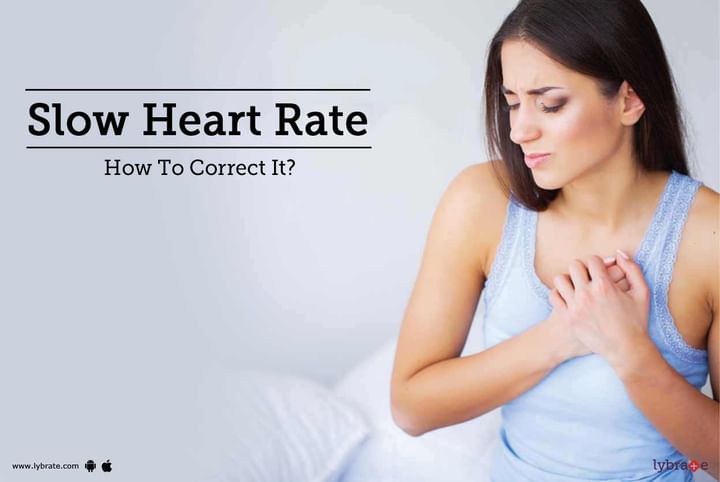Slow Heart Rate - How To Correct It?
The heart is a muscular organ and beats at regular intervals. This is known as heart rate, which indicates a person’s overall health. In a normal healthy individual, it ranges from 60 to 100 depending on overall health status. A heart rate outside of these ranges is usually a cause for concern.
Bradycardia is when the heart rate is below 60. While this could be a sign of fitness and health in some, it could also mean an underlying cardiac condition in others. Low heart rate is seen in many athletes, who normally have a heart rate below 60, with no symptoms or problems.
However, in others, slow heart rate can be an indication of an underlying heart problem. The electrical system in the heart could be affected, leading to an alteration in blood supply to the heart and other vital organs. This needs further investigation and management to restore normal cardiac function.
Causes: Some of the reasons for reduced heart rate include:
- Normal aging process, as with all body functions, aging slows down the heart’s electrical function, leading to reduced heart rate
- Heart conditions like coronary artery disease, hypertension, atherosclerosis, heart attack, and infections of the heart muscles (endocarditis or myocarditis)
- Pulmonary conditions like sleep apnea
- Hormonal conditions like hypothyroidism
- Metabolic conditions like increased potassium
- Increased iron accumulation in the body
- Medications like beta-blockers and digoxin
Symptoms: While bradycardia does not cause symptoms in some, in others, where it has an associated medical condition, the following would be seen too:
- Extreme levels of fatigue, with near-fainting episodes
- Regular bouts of dizziness
- Shortness of breath with even minimal activity
- Weakness, tiredness, and low energy levels
- Chest pain bouts
- Lack of mental energy and confusion
- Memory problems
Complications: If left untreated, bradycardia can cause:
- Fainting spells, where the patient may just collapse in the midst of an activity
- Heart failure, where the heart is not able to pump enough blood
- Sudden cardiac death
Risk factors: If you have any or some of the following, do not ignore bradycardia.
- Age (more common in older adults)
- Hypertension
- Diabetes
- Smoking
- Heavy alcohol abuse
- High levels of emotional stress
Treatment: Once diagnosis of bradycardia and underlying disease is confirmed, treatment will be two-pronged.
- Correct underlying condition like hypothyroidism, electrolyte imbalance and infections.
- Work on managing chronic conditions like coronary disease, diabetes, and obesity.
- Prepare the patient to watch for episodes of bradycardia and ways to manage them.
While bradycardia per se is not a concern, other conditions should be managed so the heart keeps working to its optimal level.



+1.svg)
